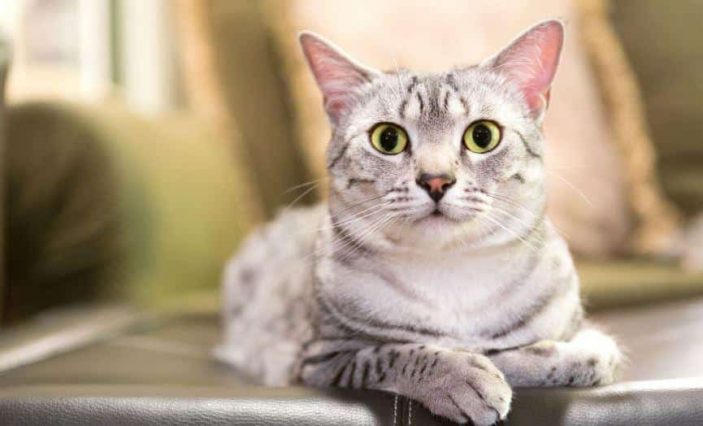Vitamin B6 is a water-soluble vitamin that comes in forms of pyridoxal 5’-phosphate (PLP), pyridoxal (PL), pyridoxamine(PM), pyridoxine(PN), pyridoxine-5′-phosphate (PNP) and pyridoxamine 5′-phosphate (PMP) vitamers. The PLP most are the metabolically active form.
Vitamin B6 is naturally available in some foods. As a diet supplement, while to some food, it is added. Its most common synthetic form is pyridoxine that comes in the form of pyridoxine hydrochloride.
Some of its natural food sources include fish, liver, kidney, potatoes, fruits, poultry, sunflower seeds, pistachios, chickpeas, among others.
Finally, this vitamin is stable in alkali or acidic conditions as well as to heat but very sensitive to light under alkali or neutral conditions.

Functions it plays
Over 60 enzymes rely on coenzymes of vitamin B6. Some of the roles it plays in a cat’s body include the following:-
- It is involved in carbohydrate, fatty acid, and amino acid metabolism as well as glucose generation.
- The pyridoxal 5′-phosphate (PLP) form participates in every reaction involving the metabolism of amino acid or its synthesis.
- It also helps in the synthesis of niacin, immune response (formation of antibodies) regulation of hormones as well as activating genes, notes the National Research Council for National Academies
- According to the Journal of Bioscience, Biotechnology, and Biochemistry, its supplementation inhibits mammary tumor cells growth with pyridoxal and pyridoxine forms showing the greatest inhibition abilities.
- Additionally, it is involved in nervous system function. According to the Iranian Journal of Veterinary Surgery, “putative neurotransmitters, dopamine, norepinepherin, serotonin, GABA and taurine, are synthesized by vitamin B6- dependent enzymes.”
- It aids in the functioning of red blood cells; i.e., it helps in iron incorporation during the synthesis of hemoglobin.
- It can reduce emesis (vomiting) if it is used as a pretreatment about an hour prior to intramuscular xylene injection without affecting the sedation required.
- Finally, River Remedies notes that it is a “key nutrient for cats with insulin resistance, diabetes, or Cushing’s disease.”
Deficiencies and deficiency symptoms
Many reasons can lead to vitamin B6 deficiency, including degradation during commercial food manufacture, diets that do not have enough amounts, any conditions that might cause diuresis, among others.
Some of the symptoms that may be noted include the following:
- Stunted growth
- Anorexia
- According to Dms.com, another symptom is a “mild microcytic, hypochromic anemia with elevated serum iron.”
- Neurological disorders including convulsive seizures and agitation if their level goes down in the brain.
- Irreversible lesions on the kidneys and renal damage that result from the deposition of a lot of calcium oxalates.
- Kidney histological changes and hemosiderin deposition on liver and spleen. Hemosiderin deposition on the liver will give it a bright orange characteristic color.
- Some cat species may suffer from behavioral, neuropathological and neurophysiological disorders.
Supplementation
If it is determined that your feline friend is deficient of this vital B complex vitamin, supplementation may be recommended. In such a case, go for Life Extension Cat Mix, Beaphar Vitamin B Complex, Animaux – nutrients for Cats, just but to mention a few.
A minimum amount is 2.5mg pyridoxine/kg of diets for all cat classes is the recommended amount for NRC (2007), while AAFCO recommends the amount to be 2.4mg/kg of diets for all cat classes.
In the case of convulsive seizures due to a deficiency, a 25mg pyridoxine injection may be recommended, and these symptoms will subside after about two hours.
With regards to side effects and toxicity, there isn’t enough data on how much cats can tolerate, but dogs have shown to tolerate up to 1000 times the required concentration.
Extremely high doses in dogs have been reported to lead to toxicity signs, including ataxia, loss of balance, and muscle weakness.
